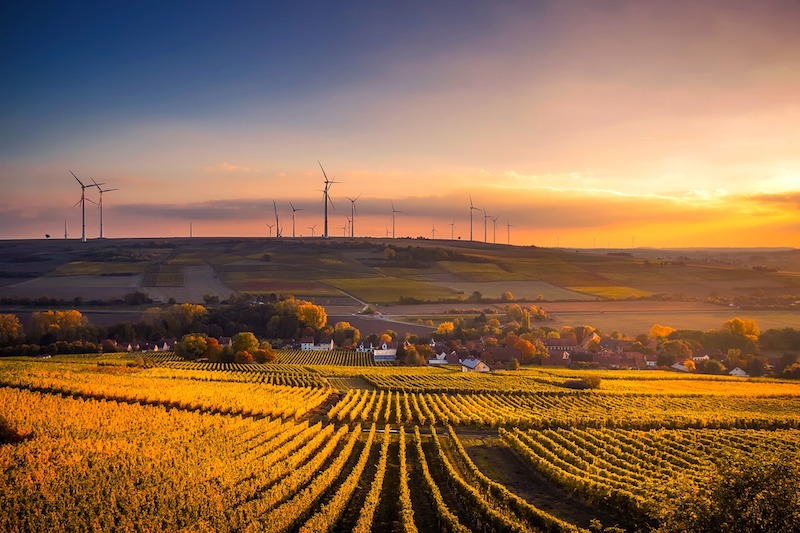The International Living Future Institute has unveiled a new Zero Carbon Certification.
The Zero Carbon Certification provides greater flexibility around project fuel types (for existing projects) and placement and ownership of offsetting renewables than ILFI’s Reveal and the Zero Energy Certifications, the Institute said in a news release. The new certification is the first worldwide Zero Carbon third-party certified standard, ILFI says.
The new certification is a “broad-based tool for highlighting highly efficient buildings which offset their energy use, regardless of location of renewables,” ILFI says. “It builds on and implements the Zero Carbon concept released by Architecture 2030, the Rocky Mountain Institute, and the New Buildings Institute in 2016, and the worldwide call for zero carbon standards from the World Green Building Council issued in 2017.”
The certification requirements include: buildings must achieve a targeted energy efficiency level during a one-year performance period, and all of the project’s energy use must be offset by on- or off-site renewable energy on a net annual basis. The Zero Carbon certification is the first step towards Living Building Challenge certification.
Related Stories
Codes and Standards | Jan 25, 2022
Modeling tool helps compare options for HVAC systems when little known about a building
Compares projected costs and energy usage for all HVAC systems and hot water consumption.
Codes and Standards | Jan 25, 2022
Critics slam proposed revamp of California’s solar net energy metering rate
Could make rooftop solar panels unaffordable for most customers.
Sponsored | Resiliency | Jan 24, 2022
Norshield Products Fortify Critical NYC Infrastructure
New York City has two very large buildings dedicated to answering the 911 calls of its five boroughs. With more than 11 million emergency calls annually, it makes perfect sense. The second of these buildings, the Public Safety Answering Center II (PSAC II) is located on a nine-acre parcel of land in the Bronx. It’s an imposing 450,000 square-foot structure—a 240-foot-wide by 240-foot-tall cube. The gleaming aluminum cube risesthe equivalent of 24 stories from behind a grassy berm, projecting the unlikely impression that it might actually be floating. Like most visually striking structures, the building has drawn as much scorn as it has admiration.
Sponsored | Resiliency | Jan 24, 2022
Blast Hazard Mitigation: Building Openings for Greater Safety and Security
Codes and Standards | Jan 24, 2022
N.Y. governor calls for ban on natural gas in new buildings
Action follows New York City’s ban.
Codes and Standards | Jan 19, 2022
EPA may expand product lineup that can earn WaterSense label
Would include systems that enhance water quality at the tap.
Codes and Standards | Jan 19, 2022
Canada’s Trudeau seeking building codes changes, net-zero emissions building strategy
Prime minister also wants net-zero electricity grid by 2035.
Codes and Standards | Jan 18, 2022
Greater emphasis on building materials needed to achieve net-zero carbon offices
Engineered wood, straw, and bamboo can be keys to achieving goal.
Codes and Standards | Jan 17, 2022
AISC seeks comments on draft earthquake standard for steel buildings
Includes new limits for cross-sectional slenderness of steel columns based on latest research.
Codes and Standards | Jan 12, 2022
California’s wildfire building code significantly reduces structural loss
As other states consider upgrading their codes, Golden State provides useful model.

















